Note: Please refer to our 3D Model License for more information and definitions of terms used in this article.
TurboSquid’s main business is selling copyright licenses to 3D models to our Customers. We do this by allowing artists from around the world to publish 3D models for sale on TurboSquid, to which TurboSquid then in turn sells licenses, and then delivers the 3D models and related files. Generally, we refer to what is sold to our Customers as Stock Media Products.
When an artist publishes a Stock Media Product to TurboSquid, the artist warrants to TurboSquid that he or she owns all of the rights to publish and distribute that Stock Media Product. Unless explicitly noted, TurboSquid does not license the rights of Other Parties that could be depicted in a Stock Media Product, such as trademark, trade dress, and other rights. It is your responsibility as a customer to determine the need for, and get, proper legal clearances for any Stock Media Product in your Creations that has any potential Other Party intellectual property.
This can be a bit confusing (all intellectual property law is complex), so hopefully the examples below will make it clearer.
Some intellectual property is easy to identify like logos on products. Even if one small part of your scene depicts a real-life logo, you must identify it by assigning the brand category associated with that logo to your model.
No real-world intellectual property
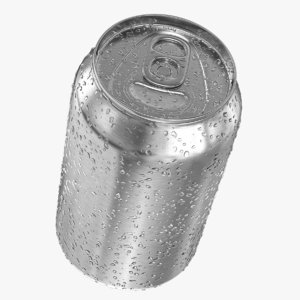
Associated with a real-world product
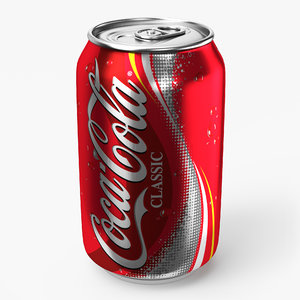
No real-world intellectual property

Associated with a real-world company
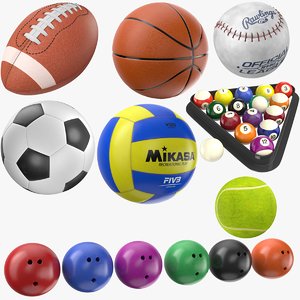
Other intellectual property is more difficult to identify. Furniture, for example, often does not include a logo but if it’s based on a real-life piece of furniture it should be associated with the furniture designer or store that created it. Similarly, if architecture models are based on a real-life buildings, they should be associated with the architect that designed them or the landmark they represent.
No real-world intellectual property
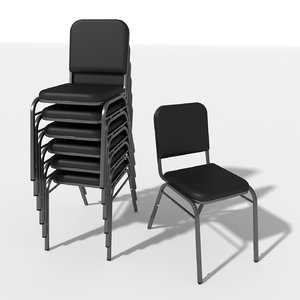
Associated with a real-world product
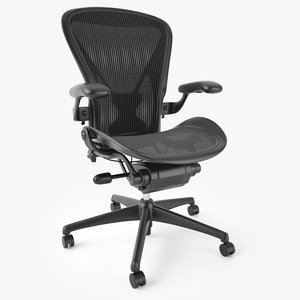
No real-world intellectual property
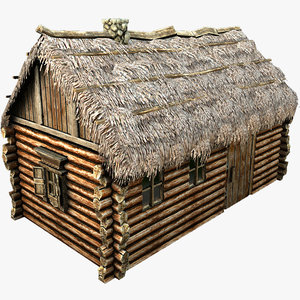
Associated with a real-world landmark
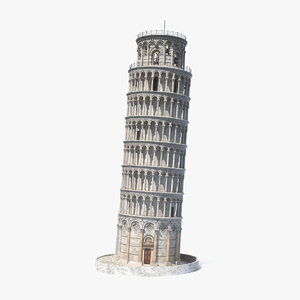
Characters can also be difficult to categorize. If a model of a character is based off a character from a movie or game, it should be associated with the company that owns that movie or game, like in the case of Disney’s Star Wars characters. If it’s based on a real person, like in the case of a celebrity, that person should be clearly identified.
No real-world intellectual property
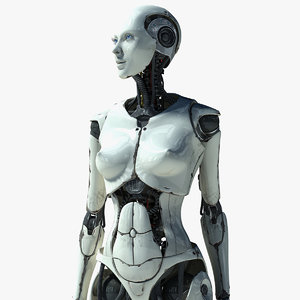
Associated with a real-world company
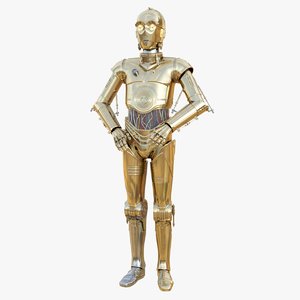
No real-world intellectual property

Associated with a real-world person
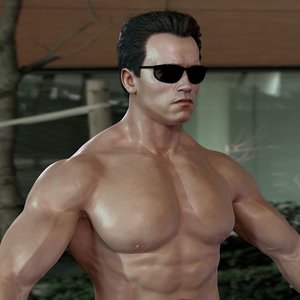
All intellectual property depicted must be identified, even if it is a secondary detail in a model render. A logo in an advertisement or a poster on the wall in the background still constitutes intellectual property.
No real-world intellectual property
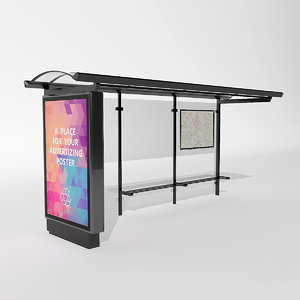
Associated with a real-world company
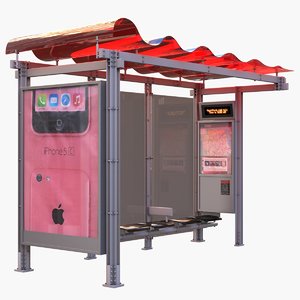
No real-world intellectual property
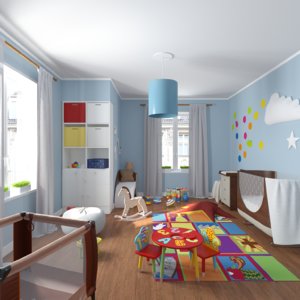
Associated with a real-world company





